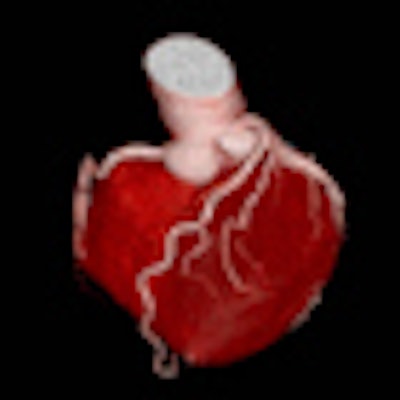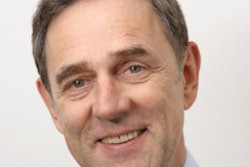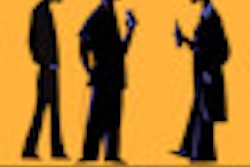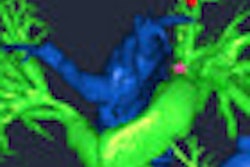
Appropriate referrals, adequately trained staff, high-quality equipment, and timely, accurate reporting are essential requirements for setting up a cardiac CT service. Furthermore, effective collaboration between radiologists and cardiologists is vital to avoid "the mother of all turf battles" that has occurred in the U.S.
These are the views of Dr. Ed Nicol, consultant cardiologist at Royal Brompton Hospital in London, speaking at last week's British Institute of Radiology (BIR) President's 2011 Conference, which focused on cardiac imaging.
Important team members must include radiographers, who have the ability to perform complex scans competently, and medical physicists, who are experts in radiation and whose knowledge of CT scanners should be taken into account when purchasing machines, he advised. A core team of dedicated permanent radiographers, as opposed to rotational staff, is ideal, and the key to success is good preparation of the patient, together with staff who are confident in dealing with cardiac emergencies. He recommends establishing a joint working party from the outset that looks at routes of referral and list dedications, as well as how lists of patient indications may change over time, in addition to formal agreements over equal division of equipment usage.
 Developing a successful formula for collaboration is essential to achieve success in cardiac CT. Image courtesy of Hitachi.
Developing a successful formula for collaboration is essential to achieve success in cardiac CT. Image courtesy of Hitachi."Coreporting -- as opposed to single specialist reporting -- combined reports and sign-offs, dual reading, and multidisciplinary case reviews represent the ideal system for cardiac CT reporting," noted Nicol, who recommends that reports should resemble those which cardiologists are used to reading from cardiac catheterization labs.
Multidisciplinary teams should hold weekly joint-reporting sessions, which has the advantage of being a useful education process for all and encourages collaborative working. An additional benefit from joint reporting, both to the patient and to the referring clinician, is two specialists have looked at the report and arrived at a considered decision. However, Nicol pointed out dual reading is often not cost-effective and remains a largely impractical exercise due to timing.
There is a degree of delicacy around the wording of reports, and reporters (mainly radiologists) may be reluctant to tell referrers what to do with regards to further ongoing patient management, according to Nicol. Often the report will tell the referrer what was found but not suggest what to do next, and this provides another reason for early collaborative working.
He thinks it is no surprise radiologists are somewhat reluctant to invite participation in cardiac CT. "In the U.S., and within the private sector in the U.K., there is the added dimension of fee for procedure, and one could argue that there is the potential for a significant amount of vested interest."
Even though most CT scanners are based within radiology departments, it would be wrong to underestimate the enthusiasm of cardiologists to purchase their own equipment, he warned. Outside of specialist departments, the vast majority of work performed on high-end scanners is not cardiac but general CT radiology. As a consequence of equipment placement within radiology departments, cardiologists and radiologists need to agree on numbers of sessions booked for patient lists using the equipment.
Future plans may involve development of accreditation modules for cardiac radiographers and medical physicists, and cardiac CT must be a joint venture, Nicol concluded.
"Multidisciplinary teams and reporting have many advantages, but there is no one single way of doing it, and one size does not fit all. Cardiologists and radiologists both have a lot to offer by providing a high-quality service. Current training in the U.K. encourages cardiologists and radiologists to train as pairs so that they can learn from each other because each specialty brings different dimensions to the training," he said.



















